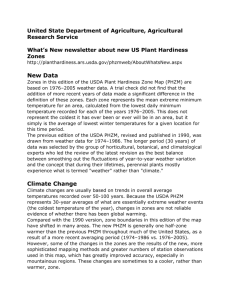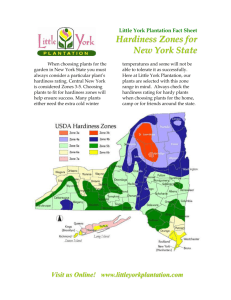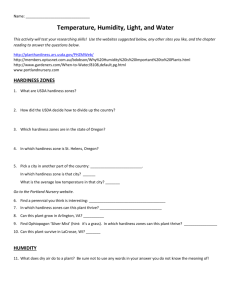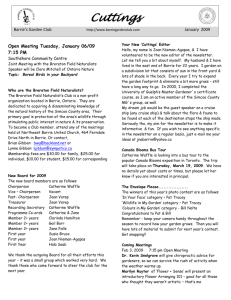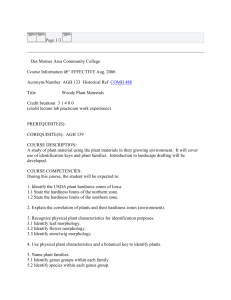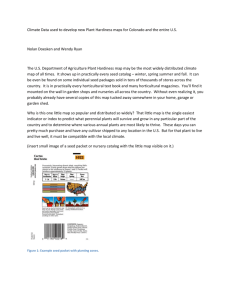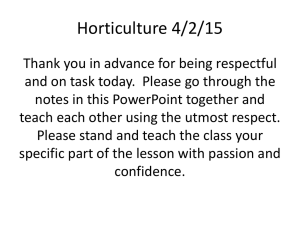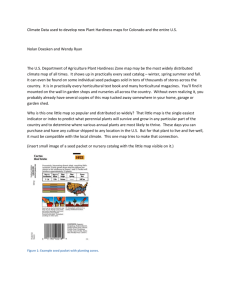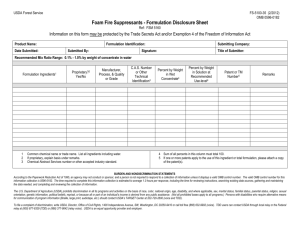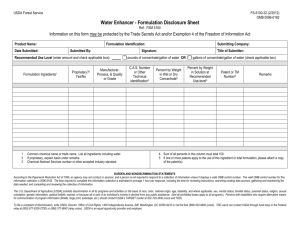The USDA Hardiness Zone map divides North America into 11
advertisement
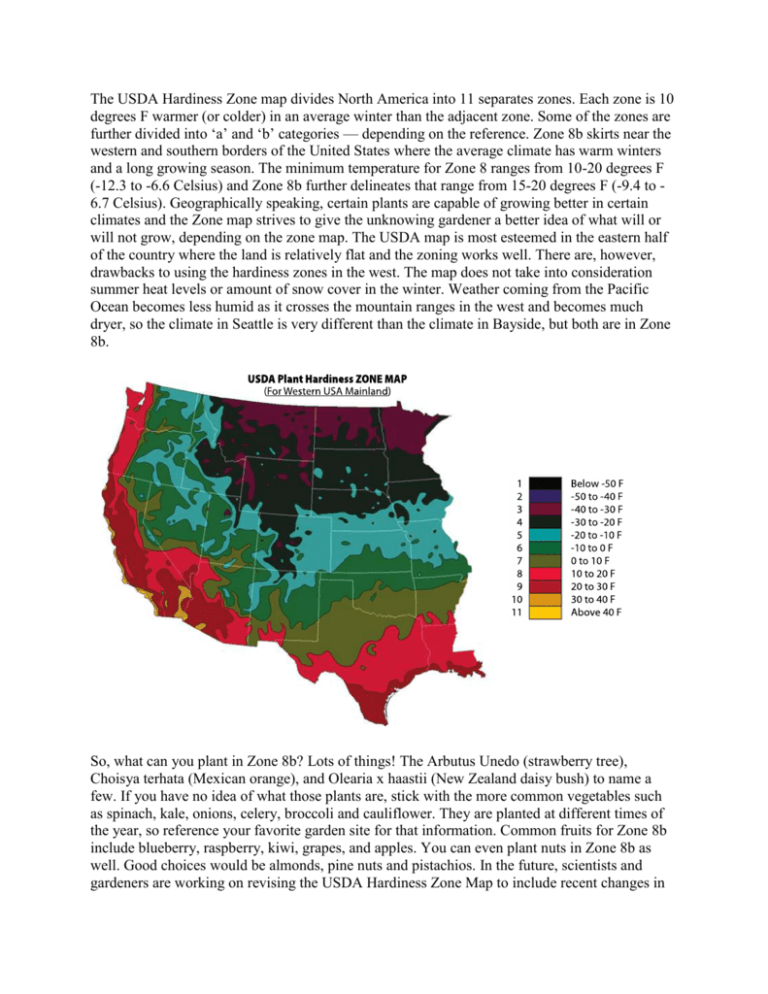
The USDA Hardiness Zone map divides North America into 11 separates zones. Each zone is 10 degrees F warmer (or colder) in an average winter than the adjacent zone. Some of the zones are further divided into ‘a’ and ‘b’ categories — depending on the reference. Zone 8b skirts near the western and southern borders of the United States where the average climate has warm winters and a long growing season. The minimum temperature for Zone 8 ranges from 10-20 degrees F (-12.3 to -6.6 Celsius) and Zone 8b further delineates that range from 15-20 degrees F (-9.4 to 6.7 Celsius). Geographically speaking, certain plants are capable of growing better in certain climates and the Zone map strives to give the unknowing gardener a better idea of what will or will not grow, depending on the zone map. The USDA map is most esteemed in the eastern half of the country where the land is relatively flat and the zoning works well. There are, however, drawbacks to using the hardiness zones in the west. The map does not take into consideration summer heat levels or amount of snow cover in the winter. Weather coming from the Pacific Ocean becomes less humid as it crosses the mountain ranges in the west and becomes much dryer, so the climate in Seattle is very different than the climate in Bayside, but both are in Zone 8b. So, what can you plant in Zone 8b? Lots of things! The Arbutus Unedo (strawberry tree), Choisya terhata (Mexican orange), and Olearia x haastii (New Zealand daisy bush) to name a few. If you have no idea of what those plants are, stick with the more common vegetables such as spinach, kale, onions, celery, broccoli and cauliflower. They are planted at different times of the year, so reference your favorite garden site for that information. Common fruits for Zone 8b include blueberry, raspberry, kiwi, grapes, and apples. You can even plant nuts in Zone 8b as well. Good choices would be almonds, pine nuts and pistachios. In the future, scientists and gardeners are working on revising the USDA Hardiness Zone Map to include recent changes in the climate. This may be even more helpful than the current map. For now, living in Zone 8b, creating a super fantastic backyard Bayside garden can yield some pretty tasty eats!
